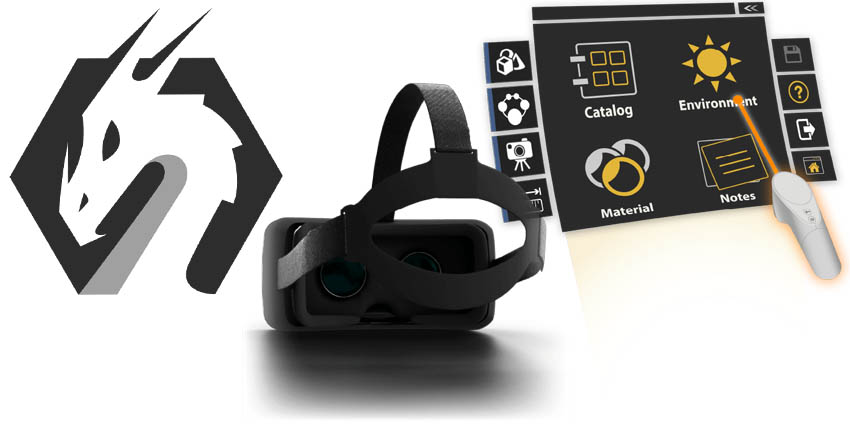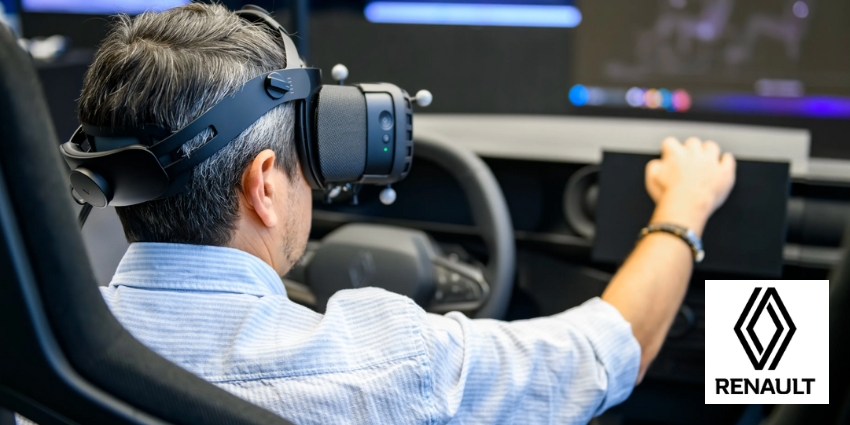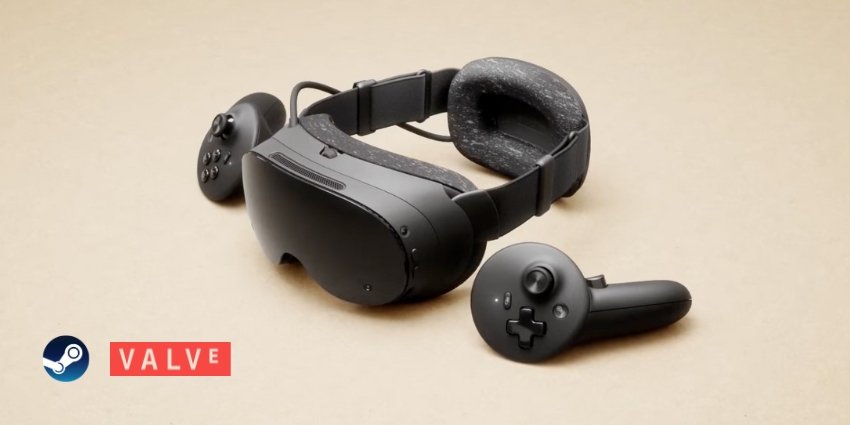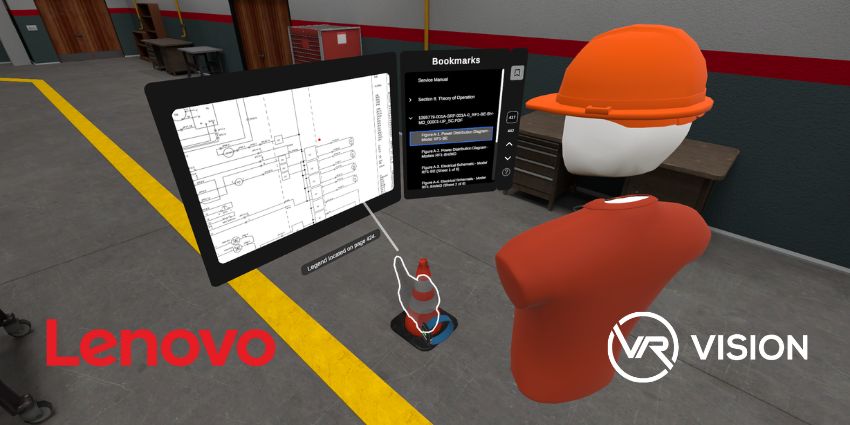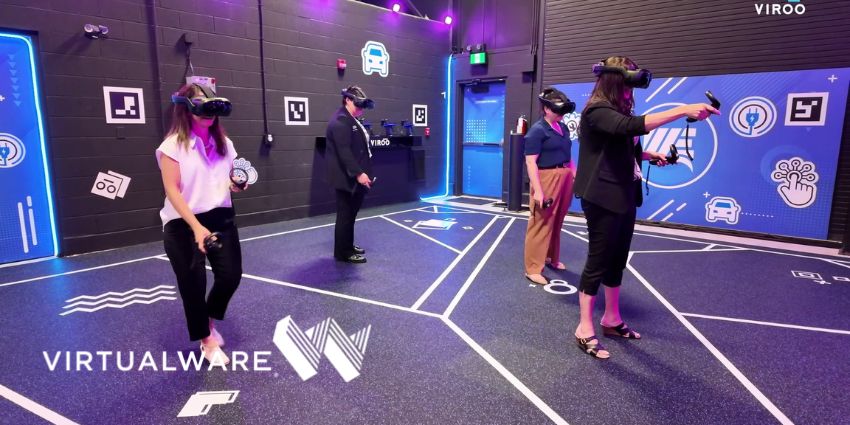Amman, Jordan-based firm Simlab has developed an easy-to-use toolkit that enables virtual reality (VR) content creators to make enterprise-grade immersive applications.
Founded in 2007, the VR software development kit (SDK) stands out by offering a ‘no-coding’ platform that developers can use to create enterprise-grade training or remote guidance solutions.
Create interactive VR and advanced training sessions without coding using SimLab Composer
SimLab VR: https://t.co/LLJJ2ZUA2B
#VR #SimLab #Training #design #nocoding #revit #solidworks #virtual #reality #sketchbook #blender #3D #design #vocational #trainee #safe #safety pic.twitter.com/IMEZaJiKbE
— SimLab (@SimLabSoft) October 25, 2021
By offering an SDK that requires no coding skill, Simlab has democratised its platform by making it accessible to all users, meaning users can bridge VR skill gaps by learning and working on the firm’s platform.
Many global brands have chosen to work with Simlab such as Disney, Ikea, Cisco, Addias, Tesla, Dreamworks, and Intel.
Simlab Composer
Individuals or teams investing in VR content to improve production pipelines, design workflows, communication, or training experiences can choose from various Simlab services that best fit many specific use cases.
The firm created ‘Simlab Composer,’ a feature-rich creation suite to facilitate the production of affordable VR content, and the Composer suite also contains the tools necessary to secure enterprise-wide deployments of immersive VR applications.
Simlab is selling Composer as five unique services, which customers can order under a yearly subscription price (SP) or a permanent licence (PL). Consumers can choose from several enterprise-grade services:
- Lite (free SP/PL)
- Pro ($79 SP/$199 PL)
- VR ($199 SP/$499 PL)
- Mechanical ($299 SP/$799 PL)
- Ultimate ($599 SP/$1499 PL)
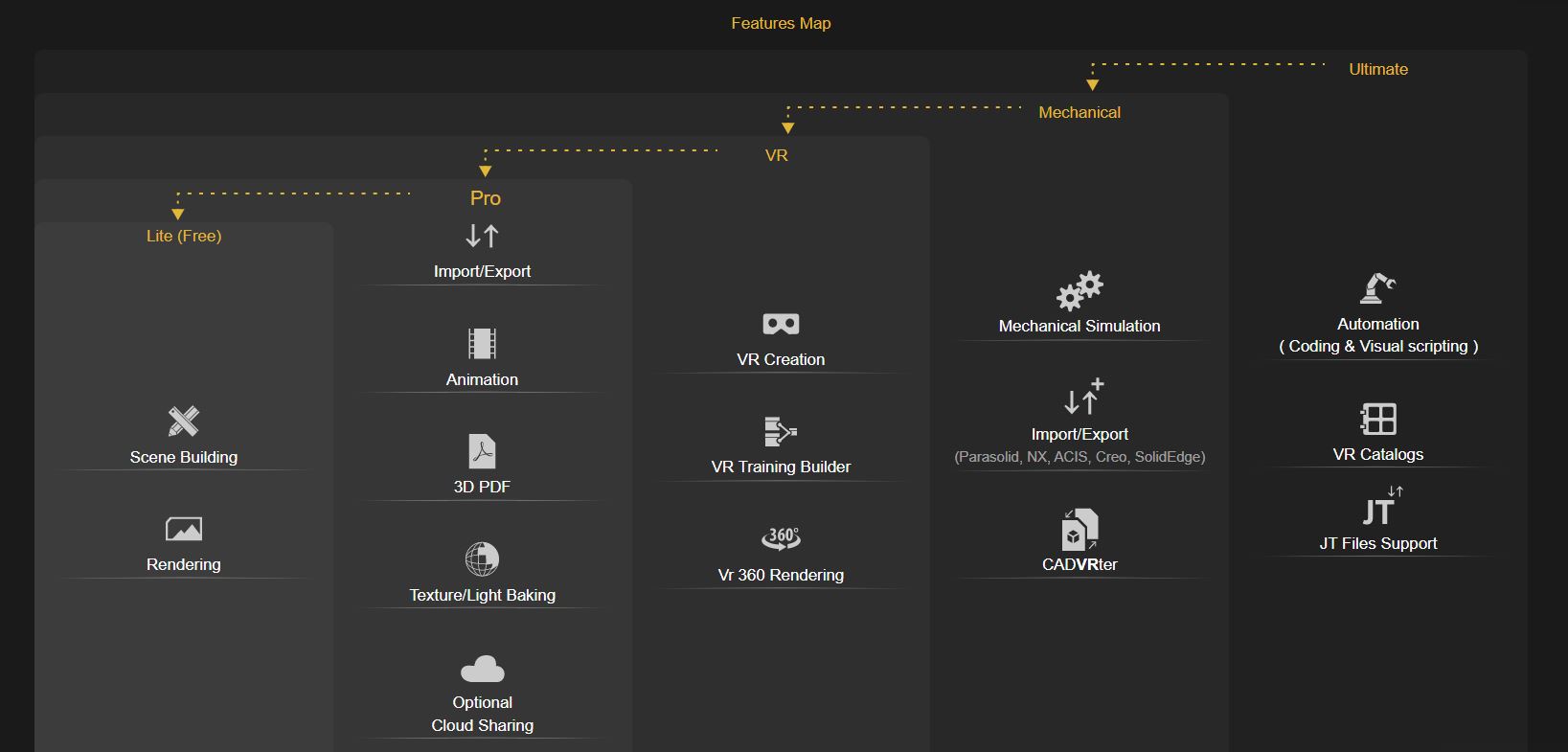
Simlab gives lower-tier customers a wealth of creative features such as scene building, real-time rendering, and an animation workbench.
While many lower-tier tools support VR development within Composer, Simlab has reserved core VR development tools for its ‘VR tier.’
VR Creation
Simlab’s VR Creation is key for any VR developer working on the platform, and this highlighted feature allows content creators to develop VR software without needing to code at any point during production.
Simlab employs a system of intuitive and easy-to-use tools that enable feature-rich applications for deployment across various headsets from vendors such as Meta, Pico, Microsoft, and HTC VIVE.
The VR creation suite enables streamlining of production pipelines, bypassing games engines such as Unity or Unreal as well as circumventing the need for programmers and content engineers.
Additional VR developer tools and features include:
- Pre-built 3D interactive assets, animations, textures, visual effects, and actions
- Cloud integration for remote peer-to-peer file sharing and guidance
- Simlab’s ‘VR guide’ system that integrates ready-made virtual human guides
- Automatic optimizations for deployment on low-end hardware
- High-quality lighting and animation suites
In addition, each tier offers a service to customers to deploy and facilitate enterprise-grade VR content.
Features and Benefits for Enterprises
The Simlab SDK is a great platform for the creation of enterprise-grade immersive content, which includes many useful tools and services to improve VR deployment for enterprises.
Training-Builder by Simlab is a powerful tool combining Composer’s intuitive user interface (UI) with a deep VR scenario builder, allowing for developers to create interactive immersive training applications.
The easy-to-use platform greatly reduces the expense and time required to create VR training modules with its ‘Smart Event-Response Tools’ made for streamlining the production pipeline.
At the press of a button, developers can use the Smart Event-Response Tools system to integrate user-led input/output functions, where developers typically required advanced coding skills and knowledge.
The time and cost-effective platform gives businesses various tools that allow for the quick integration of VR solutions to easily match many use cases.
Additionally, the platform supports other 3D functions that firms can use to improve workflows such as VR catalogue, visual Scripting, 3D PDFS and much more.
Going Cross-Platform
Simlab’s SDK is compatible with a number of PCVR and mobile headsets, file formats, plug-ins and operating systems to reduce hardware restrictions at all levels of use.
On top of this, Simlab is promoting the use of its SDK on a variety of headsets by offering unique tools to enhance headset experiences.
Such tools include ‘VR Viewer’ by Simlab, a free to use standalone application for developers to review, test, and even customise certain aspects of a VR environment, where developers can access scene building tools, browse VR content catalogues, or add notes to a VR application.
Meanwhile, users can sync feedback to a desktop version of SimLab VR to enable real-time, peer-to-peer collaboration.
An easy to use #VR authoring tool was created by @SimLabSoft, making it straightforward and fun to set up VR experiences. These can be dynamically transferred and run on our #Neo2 and #Neo3 headsets! #3DPDF #Interactive #VRviewer pic.twitter.com/Tt7Re8VopN
— Pico Interactive (@PicoInteractive) November 20, 2021
Simlab users can download VR Viewer directly to Meta, Microsoft, Pico, or HTC VIVE headsets, and alternatively, users can access Windows, MacOS and smartphone-compatible versions of VR Viewer.
To add, Simlab also supports various CAD formats via ‘CADVRter,’ a standalone drag-and-drop tool for converting 3D/CAD file formats onto the platform.
The news comes as the adoption rate of VR hardware increases across all headsets, notably the Meta Quest 2, namely after global IT firm Accenture made headlines when it ordered a record 60,000 VR headsets.
VR developers have a wide selection of SDKs to choose from when developing enterprise-grade solutions, but conversely, steep competition from Immerse and Unity Industrial Collection have created many 3D solutions for budding enterprise developers.
Other VR software vendors such as HTC VIVE and developed a host of tools enterprises can use to enhance workplace experiences.
